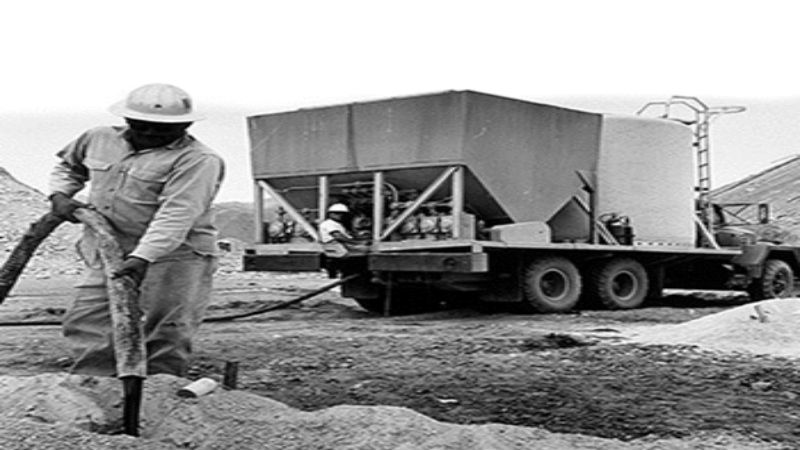To the casual observer watching a controlled blasting for demolition, also known as implosions, or the use of dynamite or other explosives in mining or quarrying operations, the entire process and procedure may seem like a simple task.
In reality, there is a lengthy process that professional blasting companies and blasters use to plan how to carry out the explosion. Depending on where the explosion occurs and the goals of the blasting operation there could be a need to minimize ground vibration, air blast, or the create a specific shape and depth to the blast.
Specific Use
While most explosives can be used in all types of blasting, there are many different choices in explosives that provide advantages in specific types of blasting requirements.
Dynamite is still considered one of the best options for mining and quarrying as it is relatively cost effective and extremely effective. It is used in blasting for trenches and pipelines, and it is used for demolition as well as for preparing roads or irregular ground surfaces for construction.
The Preparation
The blast operator will have to spend time in considering the best placement of the charges to achieve the desired effects of the blast. This includes meticulously diagramming the site and understanding both the surface and subsurface materials. Variations or deviations in different parts of the blast area will have to be carefully calculated to create an even result.
Additionally, the amount of the explosive as well as the correct formulation of dynamite to use has to be determined. This is measured as the percentage of nitroglycerin in the formula.
Prepping the Area
Before the blast, it will be important to not only clean the area but to also clear the blast area completely. There should be a blasting shelter in place at the required distance away from the blasting area to ensure safety. Everyone on the site involved in the blasting process should be in the shelter or outside of the blast area in a safe zone before the blast occurs.
All of the blasting crew should be experienced, trained and aware of all required safety considerations on the job. This is an essential component in spotting potential safety issues and addressing them before an accident occurs.
Finally, after the blast, no one should re-enter the blast area until the blast operator has provided the all clear signal. This only happens after a final check to make sure the area is safe.
